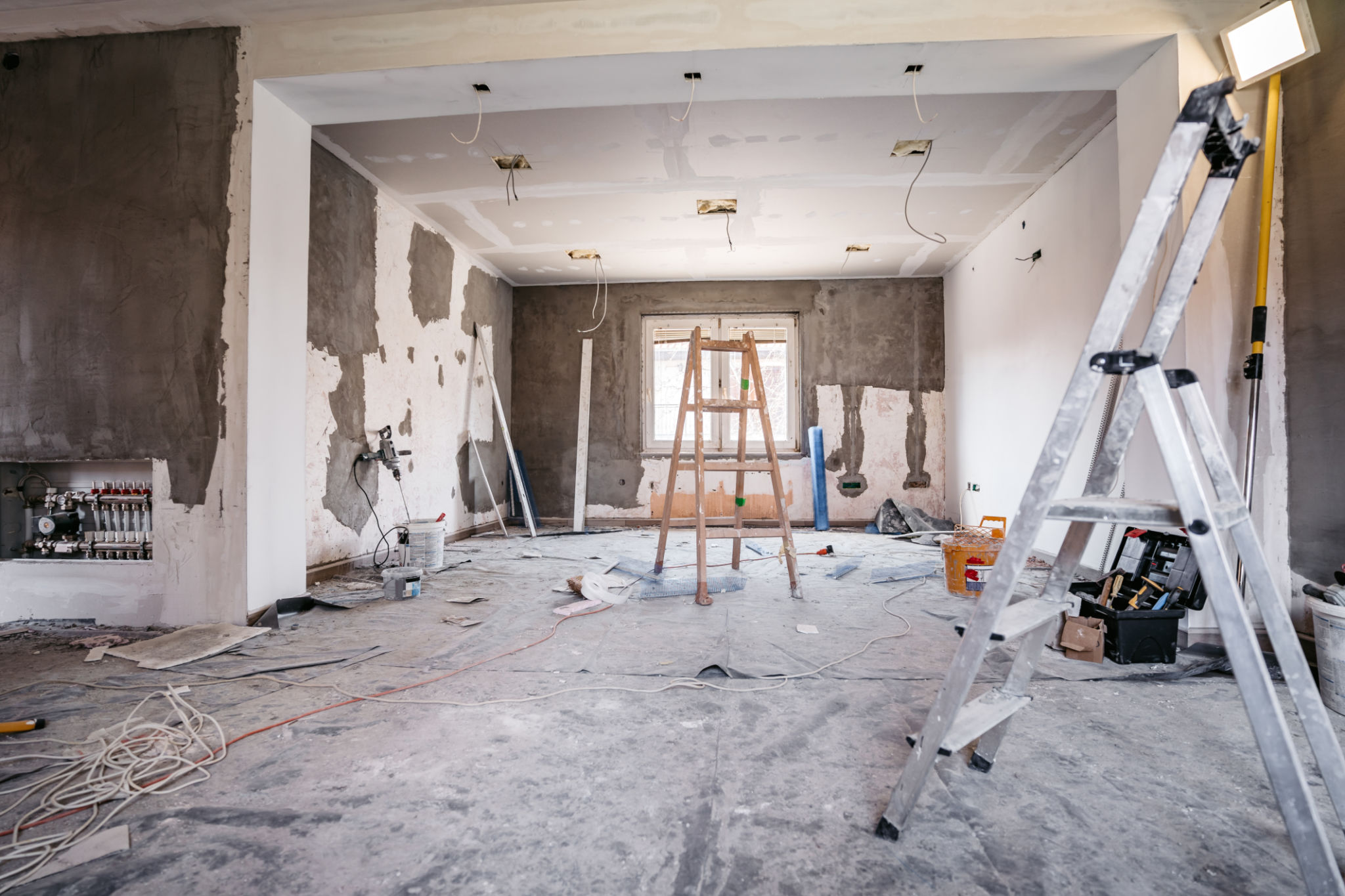The Rise of Subscription-Based Home Maintenance: A Trend to Watch
Introduction to Subscription-Based Home Maintenance
The traditional model of home maintenance has long been a reactive one, with homeowners scrambling to fix things as they break. However, a new trend is emerging that is changing the landscape of home care: subscription-based home maintenance services. This model offers a proactive approach, ensuring that homes remain in top shape through regular maintenance and timely repairs.
Subscription-based services have taken the world by storm, from streaming platforms to meal kits. Now, the home maintenance sector is catching up. By subscribing to a maintenance plan, homeowners can enjoy peace of mind, knowing that professionals are taking care of their home's needs.

How Subscription Models Work
Subscription-based home maintenance services operate on a simple principle: regular upkeep prevents larger problems down the line. Homeowners pay a recurring fee, usually monthly or annually, which covers scheduled maintenance tasks and sometimes emergency repairs. This can include services like HVAC check-ups, plumbing inspections, lawn care, and more.
These services often provide tiered plans to accommodate various needs and budgets. For instance:
- Basic Plans: Cover essential tasks like seasonal HVAC maintenance and gutter cleaning.
- Premium Plans: Include additional services such as pest control, electrical inspections, and even appliance repairs.
Benefits for Homeowners
There are numerous benefits for homeowners who opt for a subscription-based home maintenance service. Firstly, it offers financial predictability. Instead of being hit with unexpected repair bills, homeowners can plan their expenses with a fixed subscription fee.
Additionally, these services provide convenience. With a subscription, there's no need to remember when the last maintenance check was or who to call for different issues. The service provider handles all scheduling and coordination, making it hassle-free for the homeowner.

The Environmental Impact
Beyond the financial and convenience factors, subscription-based home maintenance can also have positive environmental effects. Regular maintenance ensures that systems like heating and cooling operate efficiently, reducing energy consumption and lowering carbon footprints.
Furthermore, these services often emphasize sustainable practices. For example, they might use eco-friendly products for cleaning or recommend energy-efficient upgrades during inspections. This focus on sustainability aligns with the growing trend of environmentally conscious living.
Challenges and Considerations
Despite the advantages, there are challenges associated with subscription-based home maintenance. One potential drawback is the commitment. Homeowners must be willing to commit to a plan for a set period, which may not suit everyone’s lifestyle or financial situation.
Moreover, it's crucial for homeowners to thoroughly research providers before committing. The quality of service can vary significantly between companies. Reading reviews, comparing plans, and checking credentials are essential steps to ensure that the provider will meet expectations.

The Future of Home Maintenance
The rise of subscription-based home maintenance is part of a broader trend towards service-based economies. As consumers continue to prioritize convenience and efficiency, this model is likely to expand and evolve.
In the future, we may see more integration of smart home technology with these services. Imagine a system where your home's devices communicate directly with your maintenance provider, automatically scheduling service visits as needed.
Conclusion
The shift towards subscription-based home maintenance represents a significant change in how we care for our homes. By offering convenience, predictability, and environmental benefits, this trend is one to watch for homeowners looking to simplify their lives while maintaining the value of their property.
As this model gains traction, it will be interesting to see how it continues to evolve and adapt to meet the ever-changing needs of modern homeowners.
